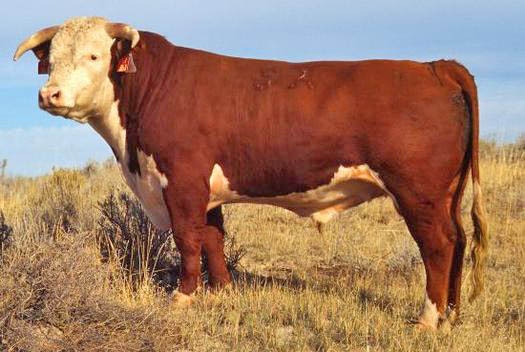
Beef industry headed for unprecedented cattle prices?
Cattle and beef markets across the board have jumped sharply in the past several weeks and both Live Cattle and Feeder Cattle futures prices suggest that the industry is in for an extended period of largely unprecedented cattle prices.If allowed to work freely, markets will provide whatever signals are needed to take care of any market situation. Right now, the signals are quite obvious: Calf prices will continue to rise until there is sufficient incentive to increase cow-calf production.
December 9, 2010

Cattle and beef markets across the board have jumped sharply in the past several weeks and both Live Cattle and Feeder Cattle futures prices suggest that the industry is in for an extended period of largely unprecedented cattle prices.
If allowed to work freely, markets will provide whatever signals are needed to take care of any market situation. Right now, the signals are quite obvious: Calf prices will continue to rise until there is sufficient incentive to increase cow-calf production.
“The predicament now is that current feeder values are high and going higher, which makes it difficult to retain heifers, and yet we have to push calf prices overall high enough to make the value of future production enough to encourage heifer retention,” said Derrell Peel, Oklahoma State University Cooperative Extension livestock marketing specialist.
Peel added that this process is typical of every cattle cycle. However, never before have there been such limited beef inventories that the tradeoff was quite so dramatic.
Another prevailing signal is the need to reduce use of expensive feed grains, leading to the need to encourage forage-based weight gains.
“Despite very high prices, especially for calves, the value of additional weight gain continues to be very strong, encouraging more weight gain outside of feedlots,” Peel said. “This stocker value of gain only occurs at heavy feeder weights as there is a steep rollback in prices for feeders up to 600 pounds.”
The final incentive is that enhanced cow-calf values and enhanced stocker values make forage worth more. This has implications on the general value of forage for both rangeland and improved pasture areas, and provides for specific regional concerns as well.
“Enhanced pasture value suggests increased forage production,” Peel said. “However, most of the discretionary pasture areas also compete with enhanced crop values, thereby limiting forage expansion.”
In areas like the southeastern United States, high fuel prices add an additional shipping disadvantage to cattle production in the region. In contrast, raising cattle in areas such as the Western Great Plains and Intermountain Rocky Mountains have a relative regional advantage in terms of production.
“These regional adjustments are long-term in nature,” Peel said. “Over time, we will likely see feedlot production shift marginally back to the Midwest, while cow-calf and stocker production shift marginally more to the Central Plains and Rocky Mountain regions.”
You May Also Like



